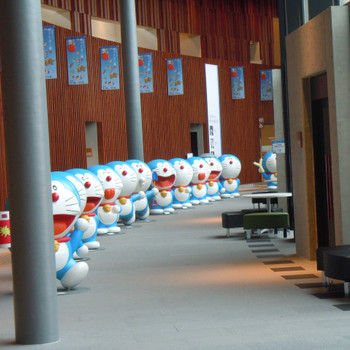In general, how did life for rural Americans differ from life for urban Americans?
1 Answer
The Rural/Urban population shift crossed 50% in about 1930 and in the US, urban populations have generally been increasing over rural since then. The Rural Populations have also been aging.
Explanation:
Your question is about differing experiences Rural to Urban. The population shift is indicative of increased opportunities in the cities and decreasing opportunities in Rural areas.
The great depression and the dust bowl created a migration away from the plains to urban areas and the mechanization of farming post World War 2 furthered this.
Into the Twenty First Century the rural population began to age. Farming is no longer about the family farm but corporate farming. Small towns began dying out in the 1930s and it has become more difficult to provide government services to the remainder.
There is a different experience between farm and city but the farm experience as we know it is becoming non existent. The rural experience was hard manual labour in an outdoor environment. There was little to do for entertainment. The Urban experience was mainly indoor work, in factories and offices. There were theaters, dinners and other sources of entertainment afterwork, for those who could afford them.
The rural experience had an abundance of fresh and healthy food. The Urban experience for the poor was often a shortage of food and a lack of fresh fruits and vegetables. This cause rictus and other vitamin definicenties.
During the American Civil War America was predominantly rural and the stories of Americans reflected that. Present day it is harder to find rural stories because of the lack of people to tell them. Urban stories often speak louder and to a bigger audience than rural ones.
I hope this answers your question even a bit.

